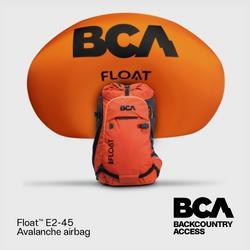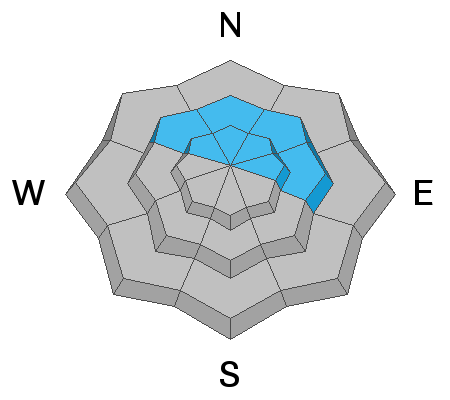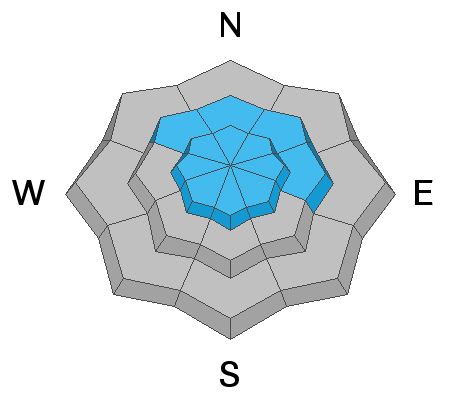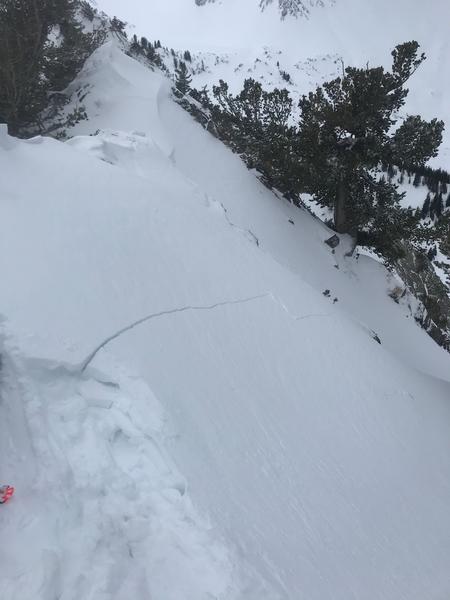Forecast for the Salt Lake Area Mountains

Issued by Greg Gagne on
Wednesday morning, December 25, 2019
Wednesday morning, December 25, 2019
A MODERATE danger exists for triggering an avalanche 2-5' deep on northwest, through north, and east aspects. The slopes that are most suspect include steep rocky terrain as well as repeater slopes that have already avalanched this season.
Other terrain generally has a Low hazard, but an isolated MODERATE hazard exists at the upper elevations, and mid-elevation aspects facing northwest through east for triggering isolated pockets of sensitive wind drifts as well as shallow sluffs in loose storm snow.
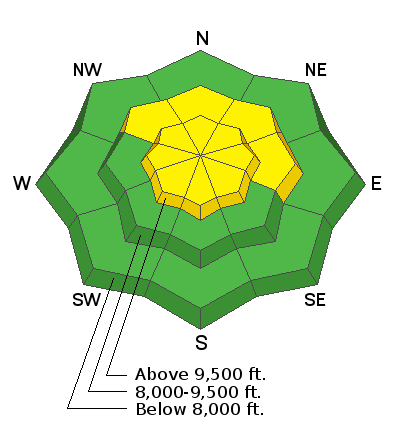
Low
Moderate
Considerable
High
Extreme
Learn how to read the forecast here



